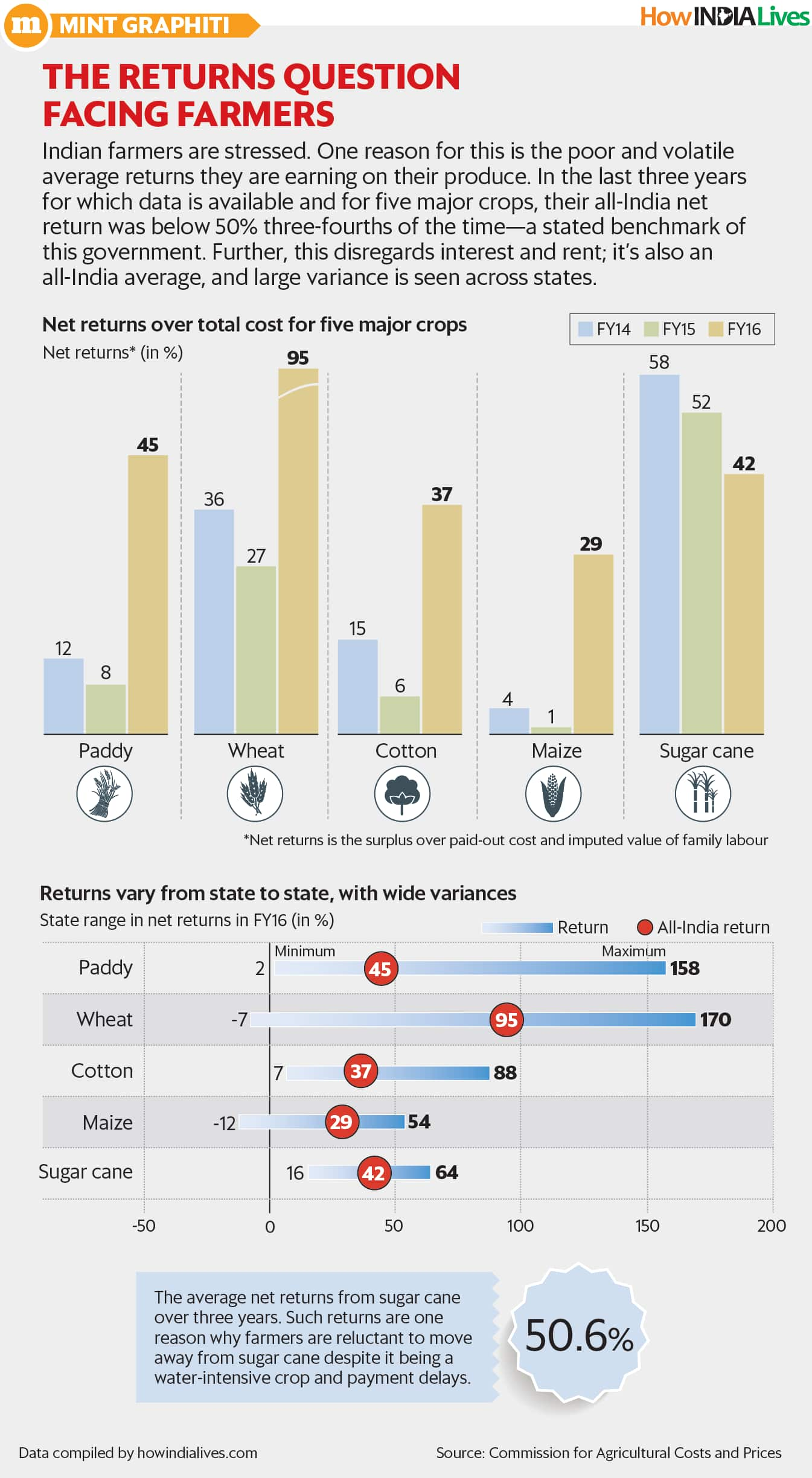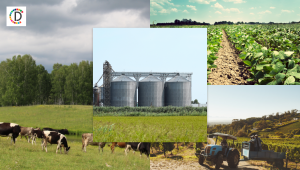New Delhi: In one of its first decisions after taking office on 30 May, the National Democratic Alliance (NDA) government extended its income support scheme for all farmers, regardless of the size of their landholding. Fulfilling this election promise will cost an estimated ₹90,000 crore every year.
With the Union budget coming up on 5 July, attention has turned to another election promise: Short-term new agriculture loans of up to ₹1 lakh at 0% interest rate for one to five years. This is on the condition of prompt repayment of the principal amount.
The Pradhan Mantri Kisan Samman Nidhi income support scheme was first announced by the NDA government in the interim budget in February. It provisioned for the disbursement of ₹6,000 a year in three equal installments to an estimated 125 million small and marginal farmers holding up to 2 hectares. The announcement came on the back of farmers’ protests in 2017 due to the collapse of wholesale crop prices. Rural distress was seen as the reason for a string of defeats faced by the Bharatiya Janata Party (BJP) in the November assembly elections. This is despite programs like approval for 100% FDI in food processing, completion of pending irrigation projects, an extension of a crop insurance scheme, and the distribution of a soil health card in the NDA’s first term in office.
The income support scheme is seen as a major step to boost the agricultural sector, which has been stressed over the past many years. “This is a good beginning to revive the rural economy. Recognizing that there is a problem is a start,” said Himanshu, associate professor at Jawaharlal Nehru University and visiting fellow at the Centre de Sciences Humaines, New Delhi.

“The track record of this government on investment in the agriculture sector has not been good. Investment in real terms has declined. There has to be a commitment by the government to invest—either in research and development or in agricultural markets,” he said.
A boost to the agriculture sector is crucial to double farm incomes by 2022—a stated goal of the BJP—and catapult India into the $5 trillion economy bracket by 2024. “Only on the foundation of a strong rural economy, it is possible to build a strong national economy,” said President Ram Nath Kovind in his address to both Houses of Parliament on 20 June. “Our farmers are the pillars of the rural economy. All possible efforts are being made by the central government to provide adequate assistance to the states for agricultural development,” he said, adding the government plans to enhance agriculture productivity with an investment of ₹25 trillion in the coming years.
That many sections of the President’s speech were focused on the rural sector can be taken as a pointer that Union finance minister Nirmala Sitharaman’s budget would have a strong pro-rural accent.
New steps that have been planned include storage facilities for farmers near villages through the Gramin Bhandaran Yojana to ensure wastage is minimized. To conserve water and address irrigation-related problems—given that a majority of farmers in India are reliant on monsoon rains—the government has constituted a new Jal Shakti ministry. There are also plans to increase farmer incomes through marine and inland fisheries. A special fund has been created to develop a fishery industry-related infrastructure. To encourage self-employment in rural areas, opportunities are being made available to rural women with loans amounting to more than ₹2 trillion disbursed to 30 million women in rural areas.
“There has to be a holistic approach to stimulate the rural sector. Agriculture is not the primary driver of the economy in terms of GDP,” said Himanshu.
“The stimulus should contain elements that will stimulate the whole rural ecosystem—rural employment, rural construction of roads and houses. This is what will revive the rural economy and this is the direction the finance minister will hopefully take in the budget,” he said.
source: livemint
Link:https://www.livemint.com/




